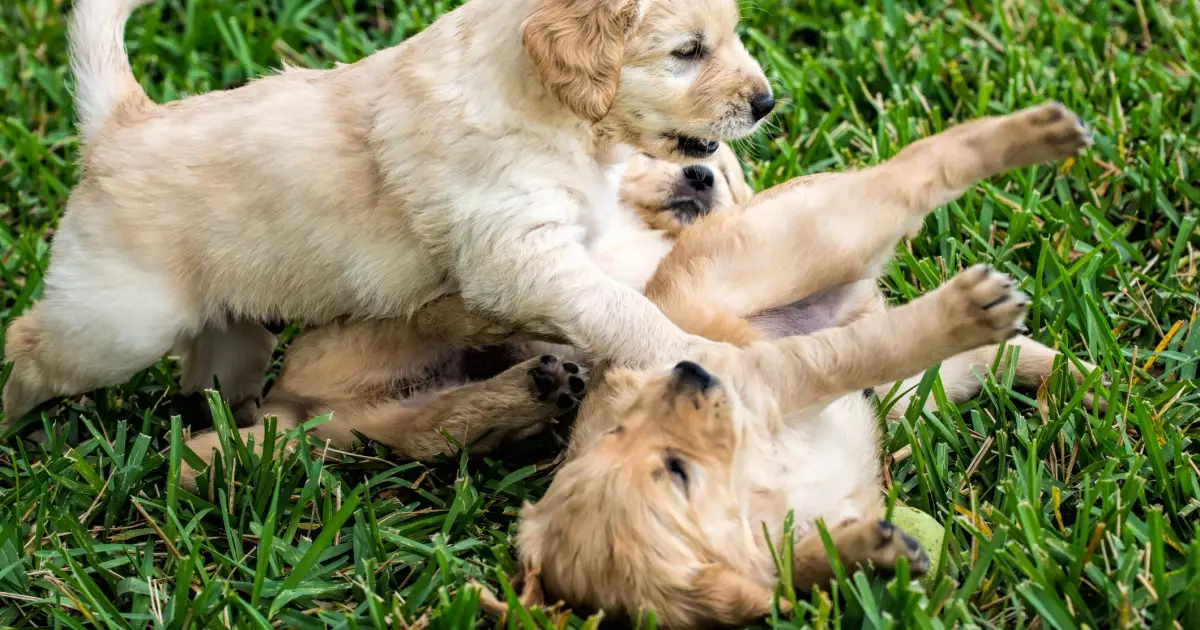As a devoted pet parent, distinguishing between playful behavior and aggressive interactions in dogs is paramount. The seemingly similar actions of dogs engaging in play can often lead to confusion, especially among pet owners who are not well-versed in canine body language. This article will delve into defining the differences between dog play and dog fighting, emphasizing the importance of recognizing these behaviors for the safety and enjoyment of your canine companions.
The Nature of Canine Social Interaction
Dogs are inherently social animals, often spending their time interacting with others, whether human or canine. Playful behavior serves multiple essential purposes: it acts as an outlet for energy, facilitates social bonding, and helps young dogs learn communication skills. However, not all interactions labeled as “play” are benign. It is crucial for dog owners to be attentive and well-informed about the significant indicators that differentiate playtime from a potential conflict.
At a cursory glance, the behavior of dogs during play can closely resemble the aggression exhibited during real dog fights, primarily because some actions overlap. When dogs engage in what seems like wrestling matches, they often jump on one another, try to assert dominance through techniques like pinning, and may vocalize with barks or growls. The complex nature of these interactions can be bewildering, especially if an inexperienced observer cannot discern between harmless fun and hostile aggression.
Despite these similarities, certain behaviors are exclusive to play. For instance, during playtime, dogs frequently partake in self-handicapping, a concept that refers to one dog deliberately placing itself in a vulnerable position to encourage engagement or competition. A classic example is when a dog voluntarily lies down, rolls on its back, or even playfully tugs at the other’s attention, providing a playful framework rather than a combative one.
A critical aspect of canine play is the array of signals that dogs employ to communicate their intentions. One of the most recognizable behaviors is the “play bow,” wherein a dog crouches on its forelimbs while keeping its hind end elevated, sometimes accompanied by a wagging tail. This gesture signals a request to play and clarifies the dog’s intent, creating a more enjoyable environment for both parties involved.
Another sign of playfulness is the so-called “play face.” This relaxed expression, characterized by an open mouth resembling a smile, is often observed in both domestic dogs and wild relatives. It serves to re-assure other animals that the interaction is benign and intended for fun. While the communicative purpose of the play face may remain unclear, its presence is an important indicator of a dog’s emotional state.
For all the joy that comes from dog interactions, the responsibility lies heavily on dog owners to familiarize themselves with the subtleties of dog behavior. Appropriately observing these interactions can lead to better understanding and the ability to intervene should the mood shift from playful to aggressive. Recognizing signs of distress, discomfort, or aggression, such as stiff body language, excessive growling, or fear-driven barking, can prevent conflicts before they escalate.
Dog parents should also monitor the play dynamics, ensuring that all participants are engaged and enjoying themselves. Should a specific dog become overzealous, it’s vital to separate the dogs temporarily to ensure everyone remains comfortable. A responsible pet owner takes the initiative to create a safe and enjoyable environment, enhancing social experiences and strengthening bonds.
Mastering the subtle differences between playful interaction and hostility can significantly enhance the relationship between dogs and their humans. By understanding canine communication and body language, dog owners position themselves to facilitate enjoyable play without risking safety. By creating a healthy play environment, pet parents can help foster joy and companionship, ensuring that their dog’s social experiences are not only fun but also safe.

